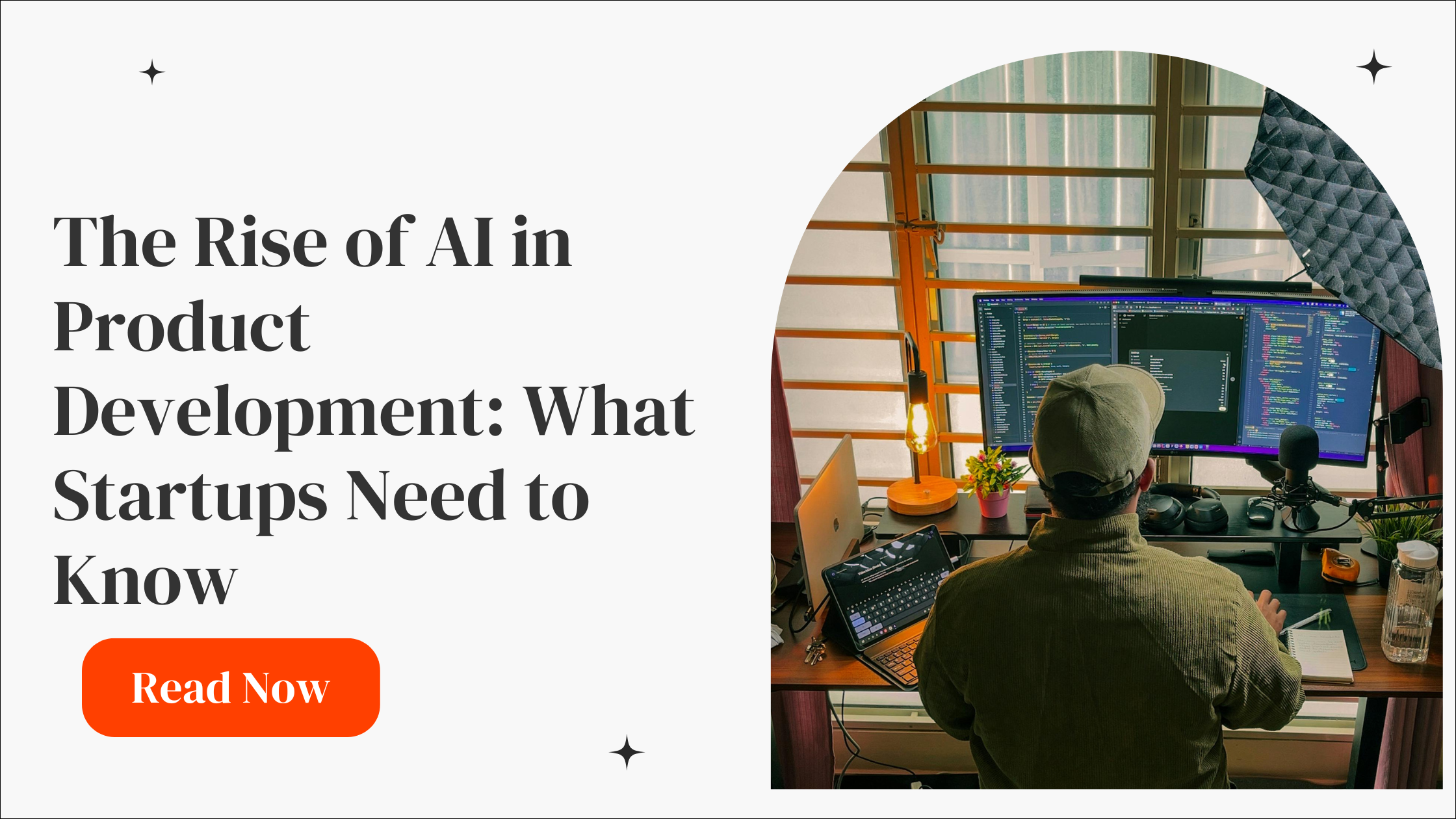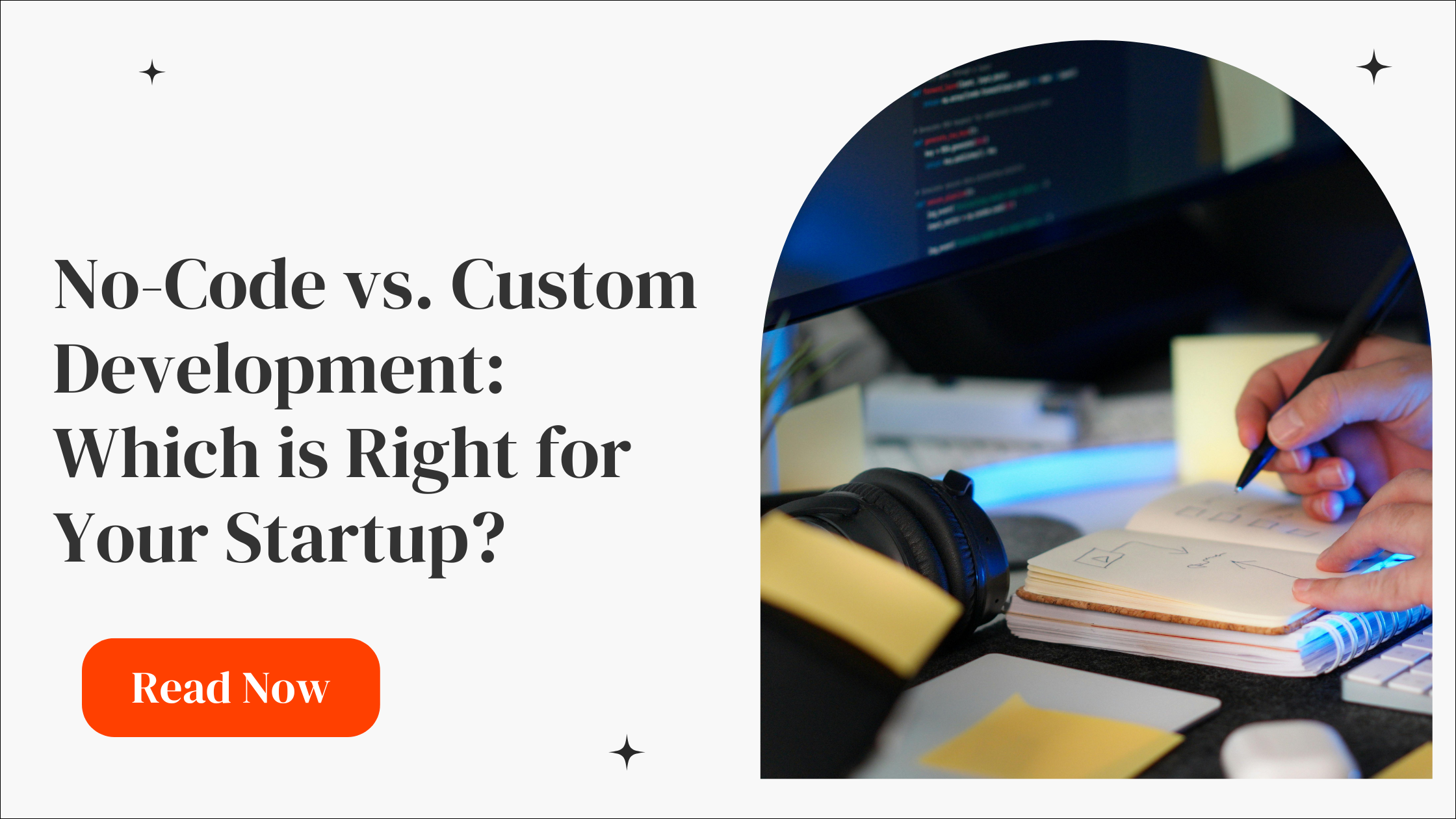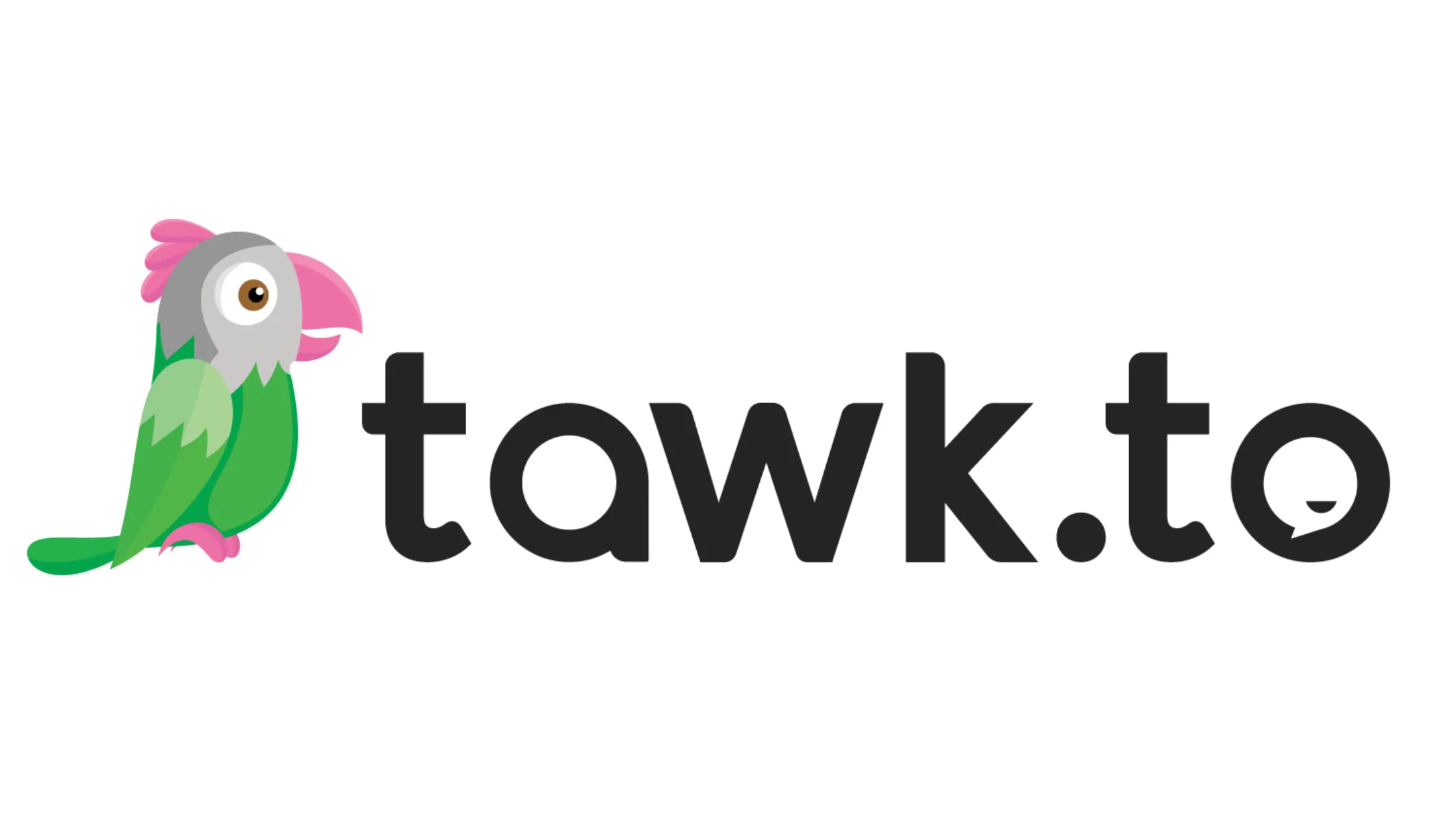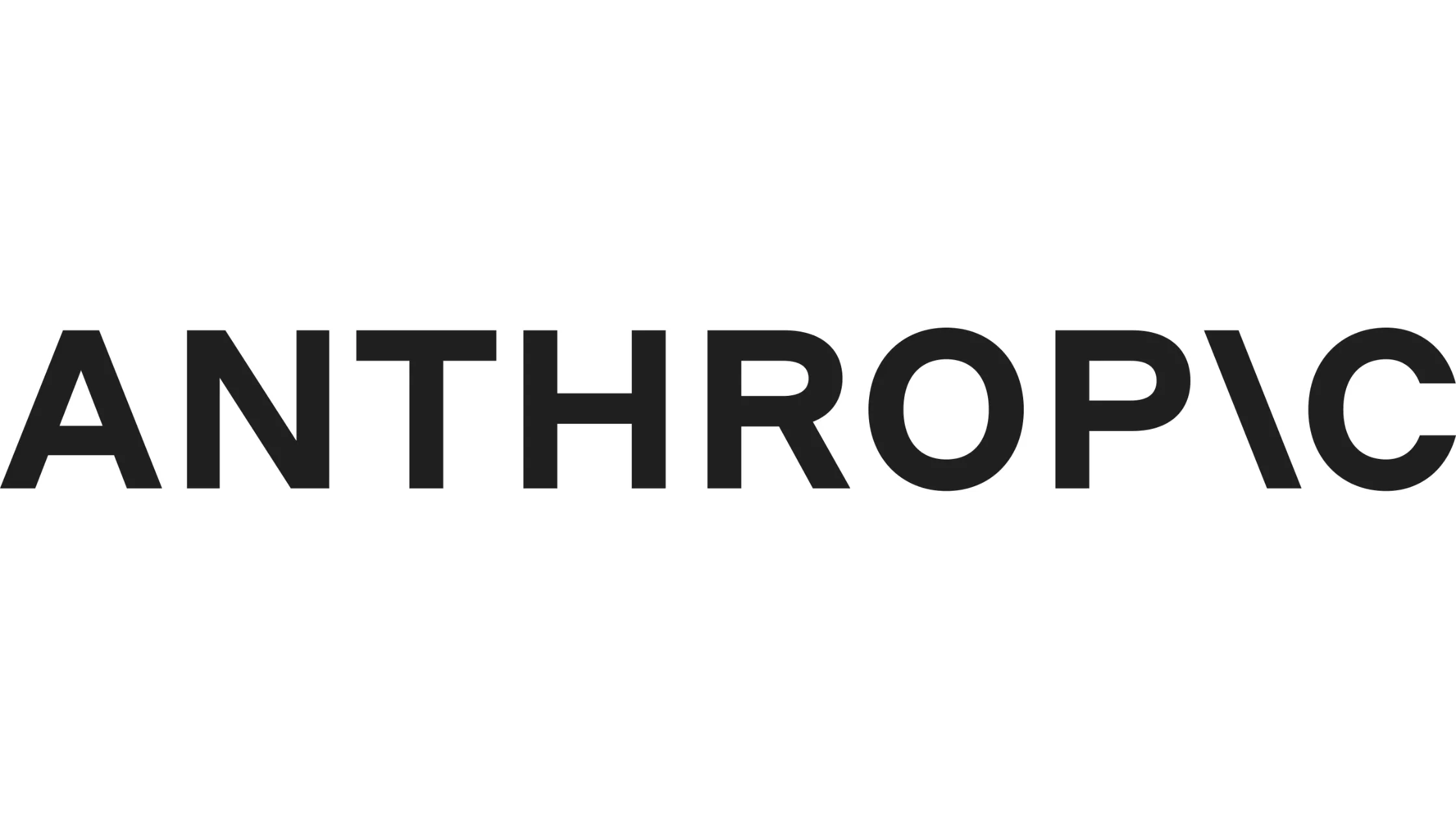
Balancing Speed and Quality: Strategies for Rapid Prototyping
Discover effective strategies for balancing speed and quality in rapid prototyping. Learn how to optimize your process for efficient, high-quality results.
In today's fast-paced world of product development, rapid prototyping has become the go-to method for bringing ideas to life quickly. But here's the rub: how do you maintain quality when you're racing against the clock? It's like trying to bake a gourmet cake in half the time - sounds impossible, right? Well, not quite. With the right strategies, you can have your cake and eat it too. Let's dive into the art of balancing speed and quality in rapid prototyping, shall we?
Understanding Rapid Prototyping
Before we jump in with both feet, let's get our ducks in a row and clarify what we're talking about here.
What is Rapid Prototyping?
Rapid prototyping is a process that allows designers and engineers to quickly create physical models of their ideas using advanced manufacturing techniques. It's like sketching in 3D, but instead of pencil and paper, you're using cutting-edge technology to bring your concepts to life.
The Need for Speed (and Quality)
In the world of product development, time is money. The faster you can get a prototype into the hands of stakeholders, the quicker you can iterate and refine your design. But here's the kicker: if your prototype is shoddy, you might as well throw it out the window. That's why striking a balance between speed and quality is crucial.
Strategies for Balancing Speed and Quality
Now that we've got the basics down, let's roll up our sleeves and get into the nitty-gritty of how to achieve this delicate balance.
Define Clear Objectives
First things first, you need to know what you're aiming for. Are you creating a proof of concept, a functional prototype, or something in between? Having clear objectives will help you focus on what's important and avoid wasting time on unnecessary details.
- Identify key features to prioritize
- Set realistic timelines for each stage of development
- Establish quality benchmarks that align with your goals
By setting these parameters upfront, you'll be able to make informed decisions about where to invest your time and resources.
Choose the Right Technology
Not all rapid prototyping technologies are created equal. Some are faster, while others offer better quality. It's like choosing between a sports car and an off-road vehicle - each has its strengths depending on the terrain.
- 3D Printing: Great for complex geometries and quick iterations
- CNC Machining: Ideal for high-precision parts and durable materials
- Laser Cutting: Perfect for 2D designs and quick turnaround times
- Injection Molding: Suitable for high-volume production and consistent quality
The key is to match the technology to your specific needs. Don't use a sledgehammer to crack a nut, as they say.
Embrace Iterative Design
Rome wasn't built in a day, and neither is a perfect prototype. Embracing an iterative design process allows you to refine your product gradually, balancing speed and quality at each stage.
- Start with a low-fidelity prototype to validate basic concepts
- Gradually increase fidelity with each iteration
- Use feedback from stakeholders to guide improvements
This approach lets you catch and fix issues early on, saving time and resources in the long run.
Optimizing Your Rapid Prototyping Process
Now that we've covered the basics, let's kick it up a notch and look at some advanced strategies to really streamline your process.
Implement Design for Manufacturability (DFM)
Design for Manufacturability is like killing two birds with one stone. By considering manufacturing constraints early in the design process, you can create prototypes that are not only faster to produce but also closer to the final product in terms of quality.
- Simplify geometries where possible
- Use standard components and materials
- Design with assembly in mind
These principles will help you avoid costly redesigns and speed up the transition from prototype to production.
Leverage Simulation and Virtual Prototyping
Why put all your eggs in one basket when you can test your designs virtually before committing to physical prototypes? Simulation tools can help you identify and resolve issues early in the process, saving time and materials.
- Use CAD software to create detailed 3D models
- Conduct virtual stress tests and simulations
- Optimize designs based on simulation results
By front-loading your design process with virtual prototyping, you can reduce the number of physical iterations needed, striking a balance between speed and quality.
Managing Resources Effectively
In the world of rapid prototyping, time and money are often two sides of the same coin. Let's look at how to manage these resources efficiently to maintain that delicate balance we're after.
Build a Skilled Team
You're only as strong as your weakest link, so make sure your team is up to snuff. A skilled team can work faster and produce higher quality results.
- Invest in training and development
- Foster a culture of continuous learning
- Encourage cross-functional collaboration
Remember, a well-oiled machine runs smoother and faster, producing better results in less time.
Streamline Communication
In rapid prototyping, miscommunication can be a real spanner in the works. Streamlining communication channels can help prevent delays and ensure everyone's on the same page.
- Use project management tools to track progress
- Hold regular, focused stand-up meetings
- Establish clear feedback loops with stakeholders
By keeping lines of communication open and efficient, you can address issues quickly and keep your project moving at full steam.
Leveraging Technology for Speed and Quality
In this digital age, technology is your best friend when it comes to balancing speed and quality in rapid prototyping. Let's explore some cutting-edge tools that can give you an edge.
Artificial Intelligence and Machine Learning
AI and ML are no longer just buzzwords - they're powerful tools that can supercharge your rapid prototyping process.
- Use AI-powered design optimization tools
- Implement machine learning algorithms for quality control
- Leverage predictive analytics to anticipate design issues
By harnessing the power of AI and ML, you can make smarter decisions faster, improving both speed and quality.
Cloud-Based Collaboration Tools
In today's globalized world, your team might be spread across different time zones. Cloud-based collaboration tools can help bridge this gap, allowing for seamless teamwork regardless of location.
- Use cloud-based CAD software for real-time collaboration
- Implement version control systems to track changes
- Utilize virtual reality for remote design reviews
These tools not only speed up the process but also ensure that quality isn't compromised due to communication delays.
Measuring Success: KPIs for Rapid Prototyping
You can't improve what you don't measure. Let's look at some key performance indicators (KPIs) that can help you gauge your success in balancing speed and quality.
Time-to-Market
This is the golden metric in rapid prototyping. How quickly can you get from concept to a market-ready product?
- Track overall project timelines
- Measure the duration of each prototyping phase
- Compare actual timelines to industry benchmarks
Quality Metrics
Quality is harder to quantify, but there are still ways to measure it:
- Defect rate in prototypes
- Number of design iterations required
- Customer satisfaction with prototype functionality
By tracking these KPIs, you can get a clear picture of how well you're balancing speed and quality in your rapid prototyping process.
Overcoming Common Challenges
Even with the best strategies in place, you're bound to hit some bumps in the road. Let's look at some common challenges and how to overcome them.
Managing Stakeholder Expectations
Stakeholders often want it all - high quality, lightning-fast turnaround, and low cost. It's like trying to find a unicorn. The key is to manage expectations from the get-go.
- Clearly communicate the trade-offs between speed and quality
- Provide regular updates on progress and challenges
- Involve stakeholders in key decision-making processes
By keeping stakeholders in the loop, you can avoid misunderstandings and ensure everyone's on board with your approach.
Dealing with Technical Limitations
Sometimes, your vision might outstrip your technical capabilities. When this happens, it's important to think outside the box.
- Explore alternative materials or manufacturing methods
- Consider outsourcing specialized tasks
- Invest in new technologies that can overcome limitations
Remember, limitations can often spark creativity, leading to innovative solutions that improve both speed and quality.
Future Trends in Rapid Prototyping
As we wrap up, let's take a quick peek into the crystal ball and see what the future holds for rapid prototyping.
Additive Manufacturing Advancements
3D printing technology is evolving at breakneck speed. We're seeing new materials, faster print times, and higher resolution outputs. These advancements will allow for even quicker prototyping without sacrificing quality.
Sustainability in Rapid Prototyping
As environmental concerns take center stage, we're likely to see a shift towards more sustainable rapid prototyping practices. This might include:
- Use of biodegradable materials
- Energy-efficient manufacturing processes
- Recycling and reuse of prototype materials
These trends will challenge us to balance not just speed and quality, but also environmental responsibility in our rapid prototyping processes.
The Human Element in Rapid Prototyping
While we've covered a lot of ground on the technical aspects of balancing speed and quality in rapid prototyping, let's not forget the most important factor: the human element. After all, it's the creativity, skill, and decision-making of your team that truly drives the process.
Fostering a Culture of Innovation
Creating an environment that encourages innovation can significantly impact both the speed and quality of your prototyping process. It's like planting a garden - with the right conditions, ideas will flourish.
- Encourage brainstorming sessions and out-of-the-box thinking
- Implement a "fail fast, learn faster" mentality
- Reward creative problem-solving and initiative
When your team feels empowered to innovate, they're more likely to find creative solutions that improve both speed and quality.
Continuous Learning and Skill Development
In the ever-evolving world of rapid prototyping, staying still is the same as moving backward. Investing in your team's skills is like sharpening your tools - it makes every job easier and more efficient.
- Provide regular training on new technologies and methodologies
- Encourage attendance at industry conferences and workshops
- Set up mentorship programs within your organization
By continuously improving your team's skills, you're investing in both speed and quality improvements for the long term.
Balancing Cost Considerations
We've talked about balancing speed and quality, but there's another factor that often comes into play: cost. Let's explore how to keep your rapid prototyping budget-friendly without sacrificing speed or quality.
Strategic Material Selection
The materials you choose for your prototypes can have a significant impact on cost, speed, and quality. It's like choosing ingredients for a recipe - the right choices can make all the difference.
- Use lower-cost materials for early-stage prototypes
- Invest in high-quality materials for final prototypes
- Consider multi-material prototypes to optimize cost and performance
By strategically selecting materials, you can control costs while maintaining the right balance of speed and quality at each stage of the process.
Optimizing Resource Allocation
Efficient use of resources is key to maintaining a healthy bottom line while still achieving your speed and quality goals. Think of it as making the most of every dollar and every minute.
- Use time-tracking tools to identify inefficiencies
- Implement lean manufacturing principles in your prototyping process
- Consider outsourcing non-core tasks to specialized providers
By optimizing your resource allocation, you can often improve speed and quality without significantly increasing costs.
The Role of Customer Feedback in Rapid Prototyping
While internal processes are crucial, let's not forget the ultimate judge of your prototypes: the customer. Incorporating customer feedback can be a game-changer in balancing speed and quality.
Early Customer Involvement
Getting customers involved early in the prototyping process can help you focus on what truly matters. It's like having a compass that always points you in the right direction.
- Conduct user testing with early prototypes
- Use surveys and focus groups to gather feedback
- Implement a beta testing program for advanced prototypes
By involving customers early and often, you can ensure that your speed and quality efforts are aligned with market needs.
Iterative Feedback Loops
Creating a system for continuous customer feedback can help you make rapid, informed decisions throughout the prototyping process. It's like having a constant stream of valuable insights guiding your way.
- Set up regular check-ins with key customers or user groups
- Use digital platforms to gather real-time feedback
- Implement a system for quickly acting on customer insights
These feedback loops can help you prioritize which aspects of speed and quality are most important to your end users.
Ethical Considerations in Rapid Prototyping
As we push the boundaries of what's possible with rapid prototyping, it's important to consider the ethical implications of our work. Balancing speed and quality shouldn't come at the cost of ethical practices.
Responsible Innovation
Ensuring that your rapid prototyping processes align with ethical standards is crucial. It's about doing well by doing good.
- Consider the environmental impact of your prototyping materials and processes
- Ensure fair labor practices throughout your supply chain
- Be transparent about the capabilities and limitations of your prototypes
By prioritizing responsible innovation, you can build trust with your stakeholders and ensure long-term sustainability of your rapid prototyping efforts.
Data Privacy and Security
In our increasingly connected world, many prototypes involve collecting or processing data. Ensuring the privacy and security of this data is paramount.
- Implement robust data protection measures in smart prototypes
- Be clear about data collection and usage in user testing
- Comply with relevant data protection regulations (like GDPR)
By prioritizing data privacy and security, you can avoid potential pitfalls that could slow down your process or compromise quality.
The Future of Speed and Quality in Rapid Prototyping
As we look to the horizon, it's clear that the balance between speed and quality in rapid prototyping will continue to evolve. Staying ahead of the curve will be crucial for success.
Emerging Technologies
Keep an eye on emerging technologies that could revolutionize the speed-quality balance:
- 4D printing for self-assembling prototypes
- Quantum computing for ultra-fast design optimization
- Advanced materials that can change properties on demand
These technologies could fundamentally change how we approach the speed-quality trade-off in rapid prototyping.
Shifting Market Dynamics
As markets evolve, so too will the demands on rapid prototyping. Being prepared for these shifts can help you stay competitive:
- Increasing demand for personalized products
- Growing emphasis on sustainable and eco-friendly prototyping
- Rise of global, distributed prototyping networks
By anticipating these trends, you can position your rapid prototyping processes to meet future demands for both speed and quality.
In the end, balancing speed and quality in rapid prototyping is an ongoing journey, not a destination. It requires constant vigilance, adaptation, and innovation. But with the right strategies, tools, and mindset, you can achieve that elusive balance and stay ahead of the competition.
Remember, you don't have to navigate these challenges alone. The experts at Horizon Labs are always ready to lend a hand. Whether you're struggling with a specific technical challenge or looking to overhaul your entire rapid prototyping process, we have the expertise to help. Don't let the complexities of balancing speed and quality hold you back. Reach out to Horizon Labs at info@horizon-labs.co or visit https://www.horizon-labs.co/contact today. Take the first step towards mastering the art of rapid prototyping and watch your ideas come to life faster and better than ever before!
Frequently Asked Questions (FAQs) about Rapid Prototyping:
Q: How does rapid prototyping differ from traditional prototyping methods?
A: Rapid prototyping is like a sports car compared to traditional prototyping's horse and buggy. It uses advanced technologies like 3D printing, CNC machining, and virtual modeling to create prototypes in hours or days, rather than weeks or months. This speed allows for more iterations and faster product development cycles. Traditional methods often rely on manual crafting or slower manufacturing processes, which can be more time-consuming and less flexible.
Q: Can rapid prototyping be used for all types of products?
A: While rapid prototyping is versatile, it's not a one-size-fits-all solution. It's like a Swiss Army knife - incredibly useful for many tasks, but not always the best tool for every job. Rapid prototyping excels with products that have complex geometries, require frequent iterations, or benefit from quick user testing. It's widely used in industries like automotive, aerospace, consumer electronics, and medical devices. However, for very large structures, highly specialized materials, or products with strict regulatory requirements, traditional prototyping methods might still be necessary.
Q: What's the typical turnaround time for a rapid prototype?
A: The turnaround time for a rapid prototype can vary widely, much like the time it takes to cook a meal depends on the complexity of the dish. Simple prototypes might be produced in a matter of hours, while more complex ones could take several days. Factors influencing the timeline include the size and complexity of the design, the chosen prototyping method, material availability, and post-processing requirements. On average, many rapid prototypes can be produced within 1-5 days, which is significantly faster than traditional methods that might take weeks or months.
Q: How accurate are rapid prototypes compared to the final product?
A: The accuracy of rapid prototypes can be quite impressive, but it's important to set realistic expectations. Think of it like a movie trailer - it gives you a very good idea of what to expect, but it's not the full feature film. Modern rapid prototyping technologies can achieve tolerances as tight as ±0.1mm in some cases. However, factors like material properties, the chosen prototyping method, and post-processing can affect accuracy. While rapid prototypes are generally very close to the final product in terms of form and fit, they may not always match the exact material properties or finish of mass-produced items.
Q: Is rapid prototyping environmentally friendly?
A: The environmental impact of rapid prototyping is a bit of a mixed bag, kind of like electric cars - there are pros and cons. On the positive side, rapid prototyping can reduce waste by allowing for design optimization before mass production, and some 3D printing materials are recyclable. It can also reduce transportation emissions by enabling localized production. However, some rapid prototyping processes consume significant energy, and certain materials used are not biodegradable. The industry is actively working on more sustainable practices, including the development of bio-based materials and energy-efficient machines.
Q: How does the cost of rapid prototyping compare to traditional methods?A
: Comparing the cost of rapid prototyping to traditional methods is like comparing apples and oranges - it depends on many factors. For small quantities or complex designs, rapid prototyping can often be more cost-effective due to lower setup costs and faster turnaround times. However, for large quantities or simple designs, traditional methods might be cheaper. The real value of rapid prototyping often lies in its ability to save costs in the long run by identifying design flaws early and reducing time-to-market. It's worth noting that as rapid prototyping technologies continue to advance, costs are generally trending downward.
Q: Can rapid prototyping be used for functional testing, or is it just for visual models?
A: Rapid prototyping has come a long way from just creating visual models - it's now like a Swiss Army knife in a product developer's toolkit. Many rapid prototyping methods can produce functional prototypes suitable for testing. For instance, certain 3D printing materials can mimic the properties of production materials, allowing for stress tests, fit checks, and even limited functional testing. CNC machining can produce metal prototypes that are nearly identical to final products. However, it's important to note that not all rapid prototyping methods are suitable for all types of functional testing, and the specific requirements of your product will dictate the best approach.
Q: How does rapid prototyping impact intellectual property protection?
A: Rapid prototyping can be a double-edged sword when it comes to intellectual property protection. On one hand, it allows for faster development and filing of patents, potentially securing IP rights earlier. It's like staking your claim in a gold rush - the faster you can do it, the better. On the other hand, the digital nature of many rapid prototyping processes means that designs can be more easily copied or leaked. This has led to increased focus on cybersecurity in product development and new challenges in patent law. Companies using rapid prototyping need to be vigilant about protecting their digital assets and may need to reconsider their IP strategies.
Q: Are there any limitations to the size of objects that can be rapidly prototyped?
A: While rapid prototyping has greatly expanded the realm of what's possible, it's not without limitations - especially when it comes to size. It's a bit like trying to park a bus in a compact car space - at some point, you hit physical constraints. Most desktop 3D printers, for example, have build volumes of less than a cubic foot. However, industrial-scale machines can produce much larger objects, with some capable of printing car-sized parts. For truly massive prototypes, it's common to produce them in sections and assemble them afterwards. Alternative rapid prototyping methods like CNC machining or laser cutting can sometimes accommodate larger sizes, but they come with their own set of limitations.
Q: How does rapid prototyping handle multi-material or multi-color objects?
A: Rapid prototyping has made impressive strides in handling multi-material and multi-color objects, but it's not quite as simple as using a color printer for documents. Some advanced 3D printers can now print in multiple colors and even multiple materials in a single build. This is particularly useful for prototypes that need to simulate different material properties in different areas or require specific color schemes. However, these capabilities often come at a premium in terms of cost and complexity. For many applications, it's still common to produce separate parts and assemble them, or to use post-processing techniques like painting or material bonding to achieve the desired multi-material or multi-color effect.
Whether you're validating an idea, scaling an existing product, or need senior engineering support—we're happy to talk through it. No pitch, just a conversation. From MVPs to AI integrations, we've shipped 60+ products since 2019. Tell us what you're building and we'll share how we can help.
Need Developers?
We help companies build ideas into apps their customers will love (without the engineering headaches).
















For Startups & Founders
We've been founders ourselves and know how valuable the right communities, tools, and network can be, especially when bootstrapped. Here are a few that we recommend.

Mistakes to Avoid When Building Your First Product
Learn the key mistakes founders make when building their first product—and how to avoid them for a faster, smoother launch.
Read more
The Rise of AI in Product Development: What Startups Need to Know
Learn how AI is transforming product development for startups. From MVPs to scaling, here’s what founders need to know in today’s AI-driven world.
Read more
No-Code vs. Custom Development: Which is Right for Your Startup?
Weighing no-code vs. custom development? Learn which is right for your startup depending on stage, budget, and product complexity.
Read more
What is Mixpanel?
Learn how Mixpanel helps startups track user behavior to improve products and accelerate growth with clear data-driven insights.
Read more
How Tawk.to Can Boost Your Startup’s Customer Support Game
Learn how Tawk.to can benefit startups by enhancing customer support and engagement. Perfect for early-stage founders!
Read more
Grow Your Startup With Anthropic's AI-Powered Tools
Discover how Anthropic's cutting-edge AI tools can accelerate your startup's success. Learn about their benefits and see why they can be trusted by startups.
Read more
What is Data-Driven VC?
Learn what a data-driven VC means and how such investors can benefit your startup’s growth and fundraising journey.
Read more
What is Blockchain?
A beginner-friendly guide on blockchain for startup founders, covering key concepts, benefits, challenges, and how to leverage it effectively.
Read more
What is Cybersecurity?
Learn cybersecurity basics tailored for startup founders. Understand key risks, best practices, and how to protect your startup from tech threats.
Read more
What is Seedcamp?
Learn what Seedcamp is, how its European seed fund and accelerator program work, and how founders can use its capital, mentorship, and network to scale their st
Read more
What is AngelList?
AngelList is a prime platform connecting startup founders to investors, talent, and resources to accelerate early-stage growth.
Read more
What is 500 Startups?
Learn what 500 Startups (now 500 Global) is, how its accelerator and seed fund work, and when founders should consider it—plus tips for early-stage startups.
Read more.png)